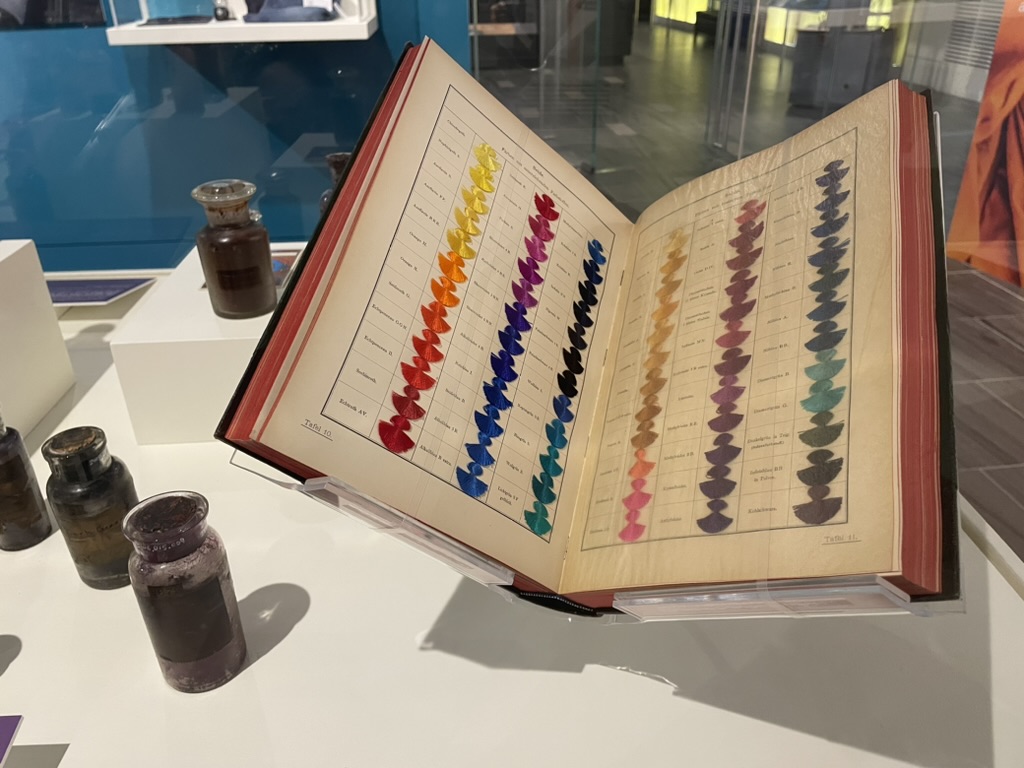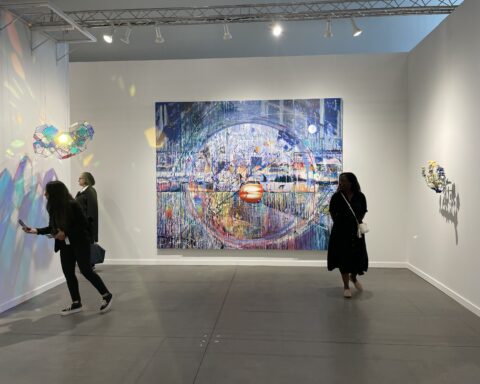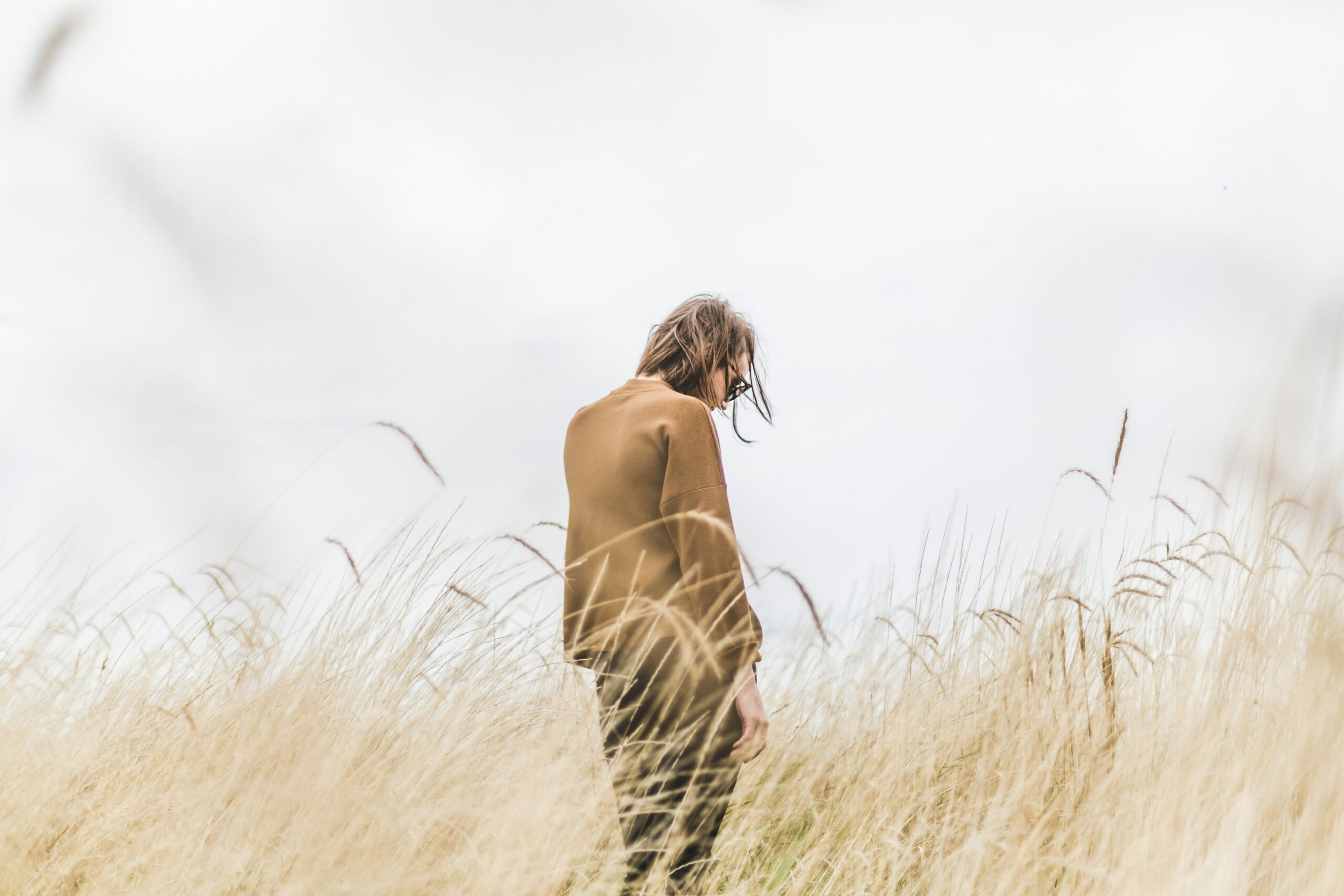
Did you know that creating a green dye for clothing used to be virtually impossible centuries ago – and that at one point in history, there was a version of the color’s dye that was so toxic that it caused skin blistering, vomiting, and death?
We’re referring to Paris green, to be exact. And you’ll find this out – along with other fascinating historical information on the history of color dyeing – if you visit BOLD: Color from Test Tube to Textile, currently on display at Phiadelphia’s Science History Institute.
The exhibit leads visitors through a series of sections that explore different colors, how they came to be worn around the world, and the effect that they’ve had on various societies throughout history. But a common thread is the journey that color dyes took from existing as primarily organic compounds to the emergence of synthetic dyes.
Growing and using organic dyes both used a lot of resources – including land, labor, and water. This doesn’t factor in the time-consuming nature of the process, either. Nevertheless, most dyes remained organic pre-1800s, and that didn’t change until 1856 when 18-year-old British chemistry student William Henry Perkin discovered the first synthetic dye color – mauve, as it came to be known – by accident.
He was experimenting with a way to create synthetic quinine that could be used to treat malaria when he stumbled across a purple stain left behind from his failed quinine experiment. His initial failure created the aniline (an oily liquid extracted from coal tar) dye industry, a field in which others promptly joined – jumping at the chance to gain profits. Thus, synthetic dyes became a dominant driver of the color dyeing industry.
Further into the exhibition, we learn the ways in which many dye innovations took place in the home. One thing that the new aniline dyes allowed middle-class buyers to do is to wear clothes that were once limited to members of global royal families due to cost. Thus, consumers could start following popular trends or expressing themselves by creating their own styles.

Visitors are also led through the route businesses took in bringing different colors and other synthetic materials to market. For example, Lucite purses became a mainstay in midcentury fashion and accessories. Day-Glo, originally used in safety fabric for the United States military, became wildly popular in the post-war era as an additive in everything from clothing and laundry detergent to lingerie and shampoo.
Where the exhibit started to become pretty difficult to understand was the portion that discussed the tools used to create all of these innovations. If you are not used to the intricacies of how machines work, then this part – though it contains fascinating and necessary information to know in order to fully understand the history of color dyeing – could potentially cause your eyes to glaze over. But try to fight through this if it happens to you! Learning about photoelectric colorimeters, crockmeters and the part that they play in ensuring that we get high-quality clothing, accessories, and footwear is actually mindblowing.
Eventually, you get to the sustainability portion of the exhibit. Cultures in Asia, Africa, and Central & South America have been using traditional forms of color dyeing for centuries, and we are now seeing movement in parts of the fashion industry towards learning from these methods to become a more sustainable sector. This exhibit names a few of those cultures for visitors and gives them a bit of background info on each culture and method.
The exhibit closes with a section describing circular fashion and how designers and brands that use denim – a material notorious for being resource-intensive – are making efforts towards becoming more sustainable.
BOLD: Color from Test Tube to Textile succeeds on most levels, primarily due to Elisabeth Berry Drago’s intensively thorough curation effort. This exhibit also benefits from the high quality of the items that were lent to the Science History Institute for display purposes by institutions and individuals such as the Robert and Penny Fox Historic Costume Collection at Philadelphia’s own Drexel University, the American Association of Textile Chemists and Colorists, Gap Inc., and other valued contributors.
This is a fairly scholarly exhibit. With that said, the Science History Institute manages to craft a detailed and informed narrative while making what could have been a dry subject exciting to digest for everyone involved.
“BOLD: Color from Test Tube To Textile” is open to the public for viewing through August 2024 at the Science History Institute in Philadelphia, PA.
To subscribe to Manic Metallic‘s Substack newsletter, click here. To follow us on Bluesky, click here.




